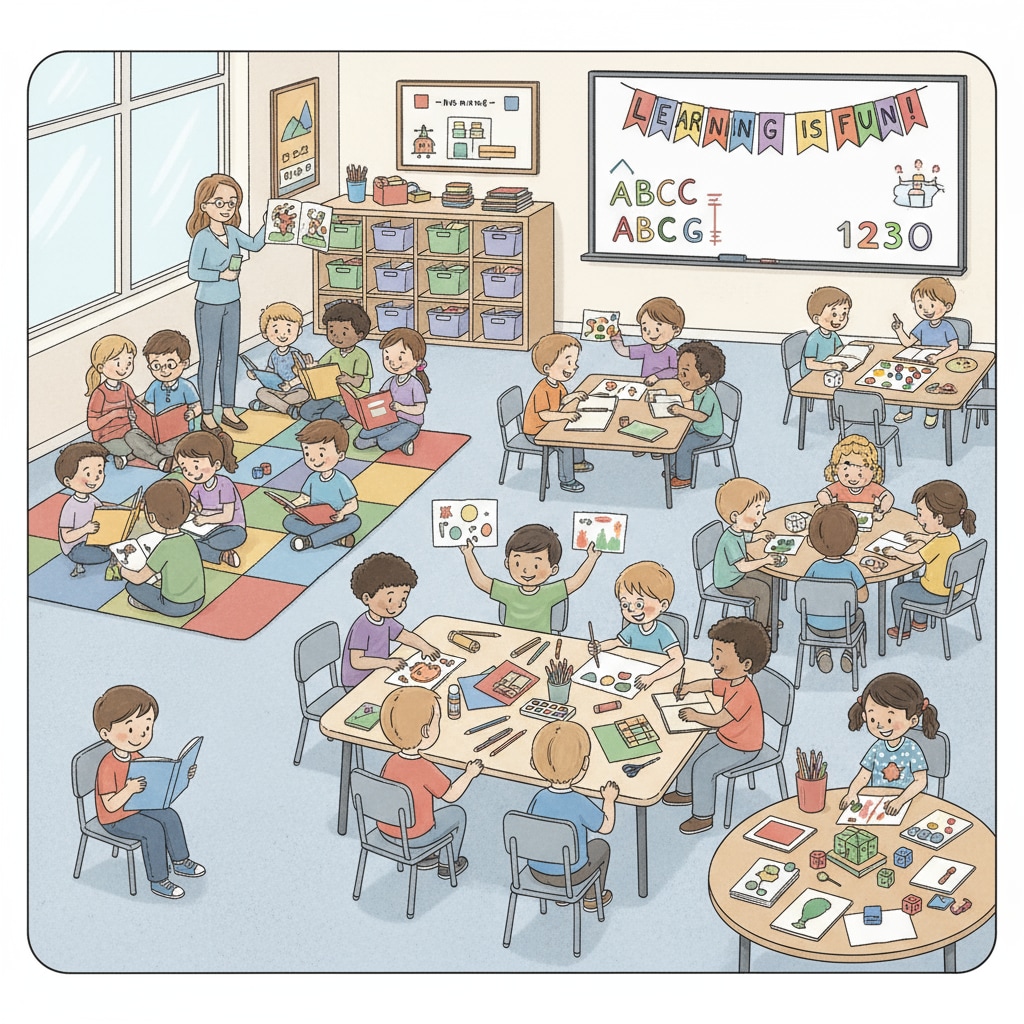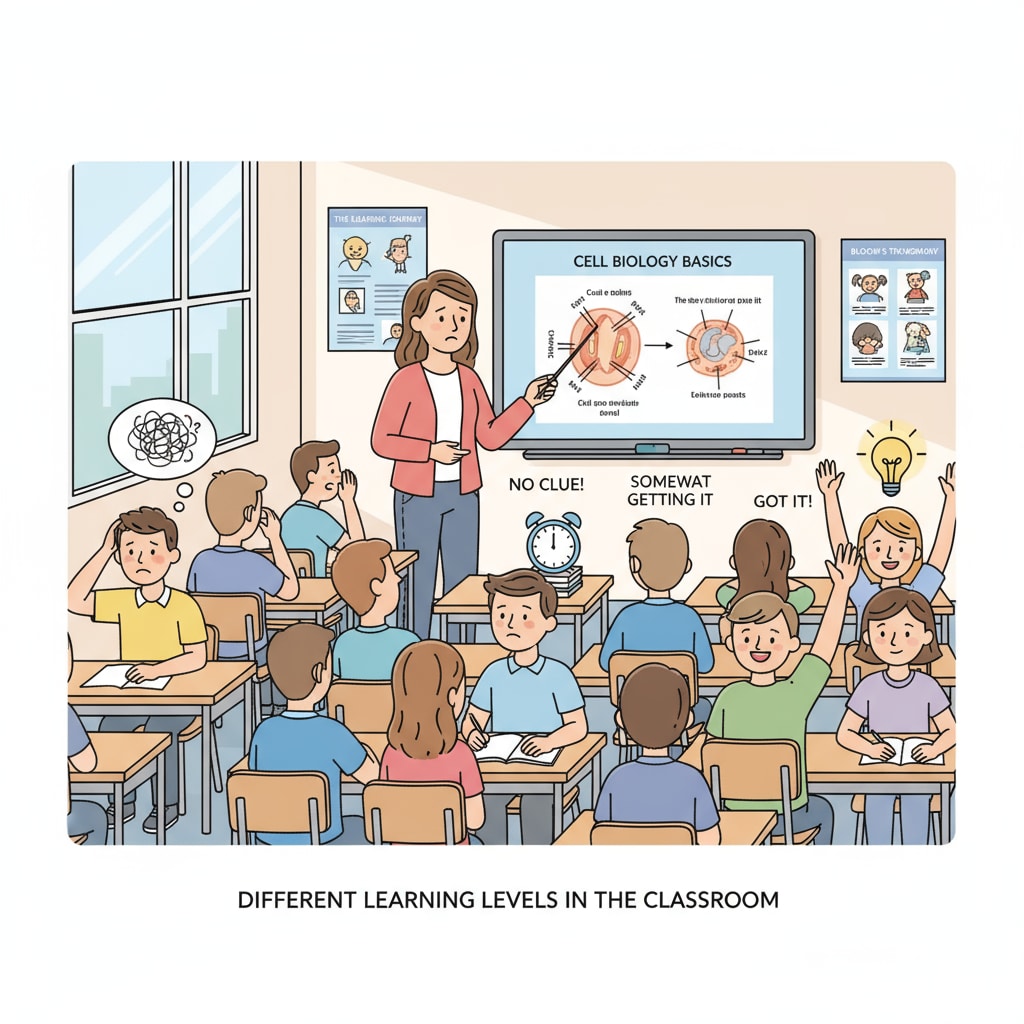In the realm of education, resources classes that involve students of different levels present unique challenges and opportunities. Teaching strategies play a crucial role in ensuring that every student, regardless of their academic level, can thrive in such an environment. For instance, in a scenario where kindergarteners and second – graders are in the same resources class, educators need to be creative and adaptable.

This article delves into the effective strategies to address these situations and create an inclusive learning space.
Understanding the Challenges
One of the primary challenges in teaching resources classes to students of different levels is the significant gap in their knowledge, skills, and learning paces. Younger students, like kindergarteners, may be at the very beginning of their learning journey, focusing on basic concepts such as colors, shapes, and simple counting. On the other hand, second – graders have already built a foundation and are ready to explore more complex ideas. As a result, it becomes difficult to design a single lesson plan that can meet the needs of both groups. Another challenge is managing the diverse attention spans and learning styles. Kindergarteners typically have shorter attention spans and may require more hands – on and interactive activities, while second – graders can handle more structured and independent tasks.

Differentiated Instruction: A Key Strategy
Differentiated instruction is a vital approach in resources classes with students of varying levels. This involves tailoring the teaching content, process, and product to meet the individual needs of each student or group of students. For content differentiation, educators can create different levels of materials. For example, when teaching a science concept, provide simple picture – based explanations for kindergarteners and more detailed, text – based information for second – graders. In terms of the teaching process, use a variety of instructional methods. Incorporate songs and games for kindergarteners to keep them engaged, and include group discussions and research projects for second – graders. As for the product, assign different tasks. Kindergarteners could create a simple drawing to show their understanding, while second – graders might write a short report. According to TeachThought’s guide on differentiated instruction, this approach can enhance students’ learning experiences.
Collaborative Learning: Bridging the Gap
Collaborative learning is another powerful strategy. By grouping students of different levels together for projects or activities, it encourages peer – to – peer learning. For example, in a group art project, second – graders can help kindergarteners with more advanced techniques like using different painting tools, while kindergarteners can inspire second – graders with their creativity and fresh perspectives. This not only helps in academic learning but also in building social skills. Research on collaborative learning by ASCD shows that it can improve students’ communication and cooperation abilities.
In conclusion, teaching resources classes to students of different levels requires a combination of differentiated instruction, collaborative learning, and other innovative strategies. By understanding the challenges and implementing these effective teaching strategies, educators can create an inclusive and engaging learning environment where every student can grow and succeed. This approach is essential for meeting the diverse needs of students in today’s educational landscape.
Readability guidance: Short paragraphs and lists are used to summarize key points. Each H2 section provides a list of ideas. Passive voice and long sentences are kept to a minimum. Transition words are evenly distributed throughout the text to enhance flow.


